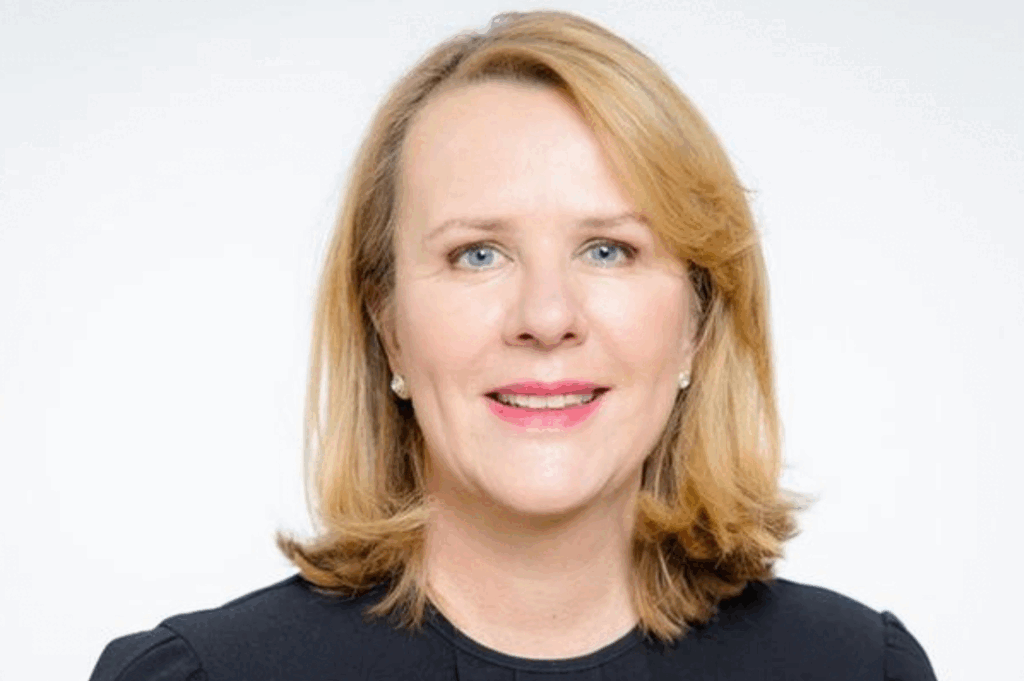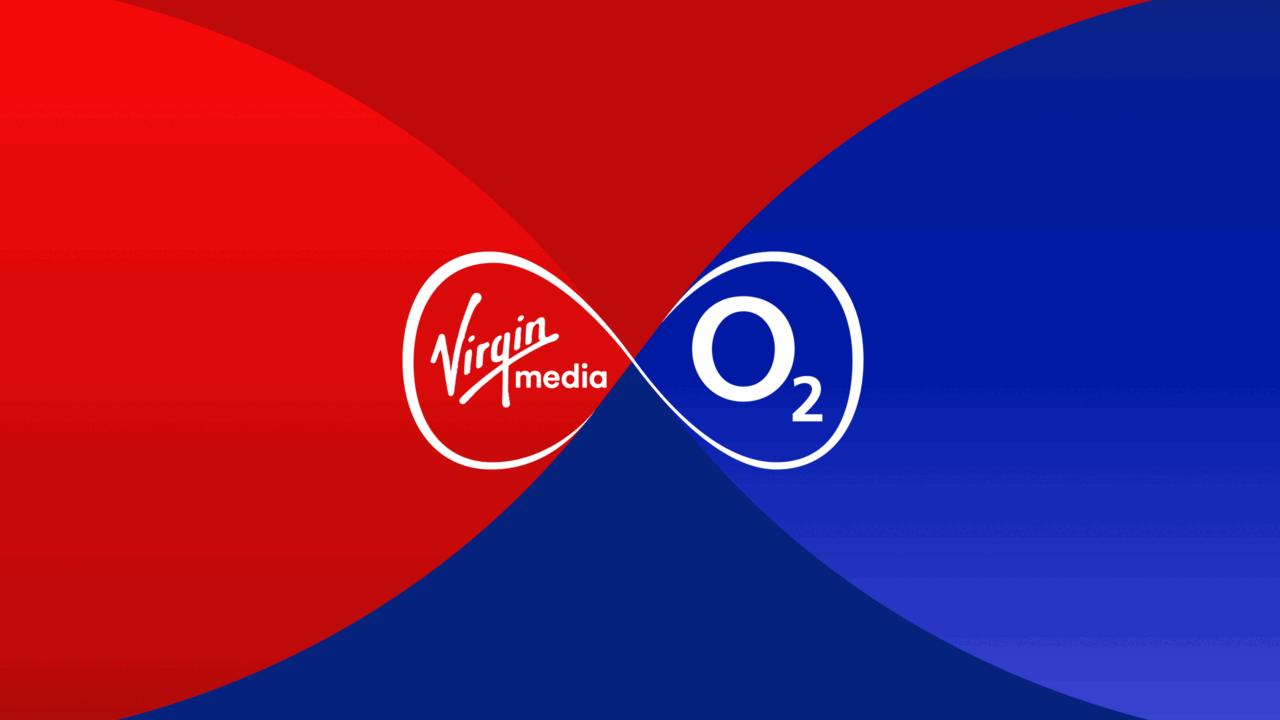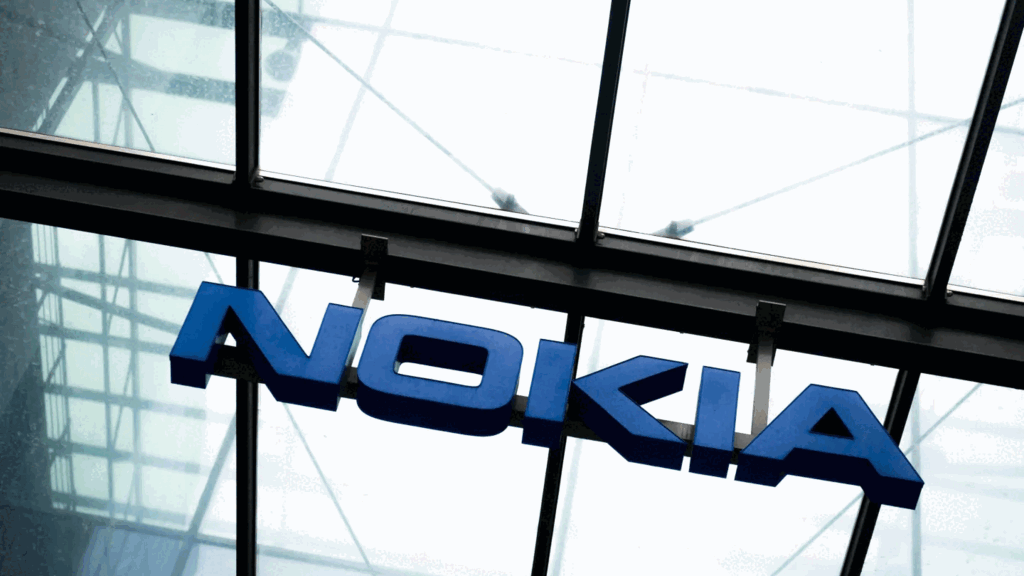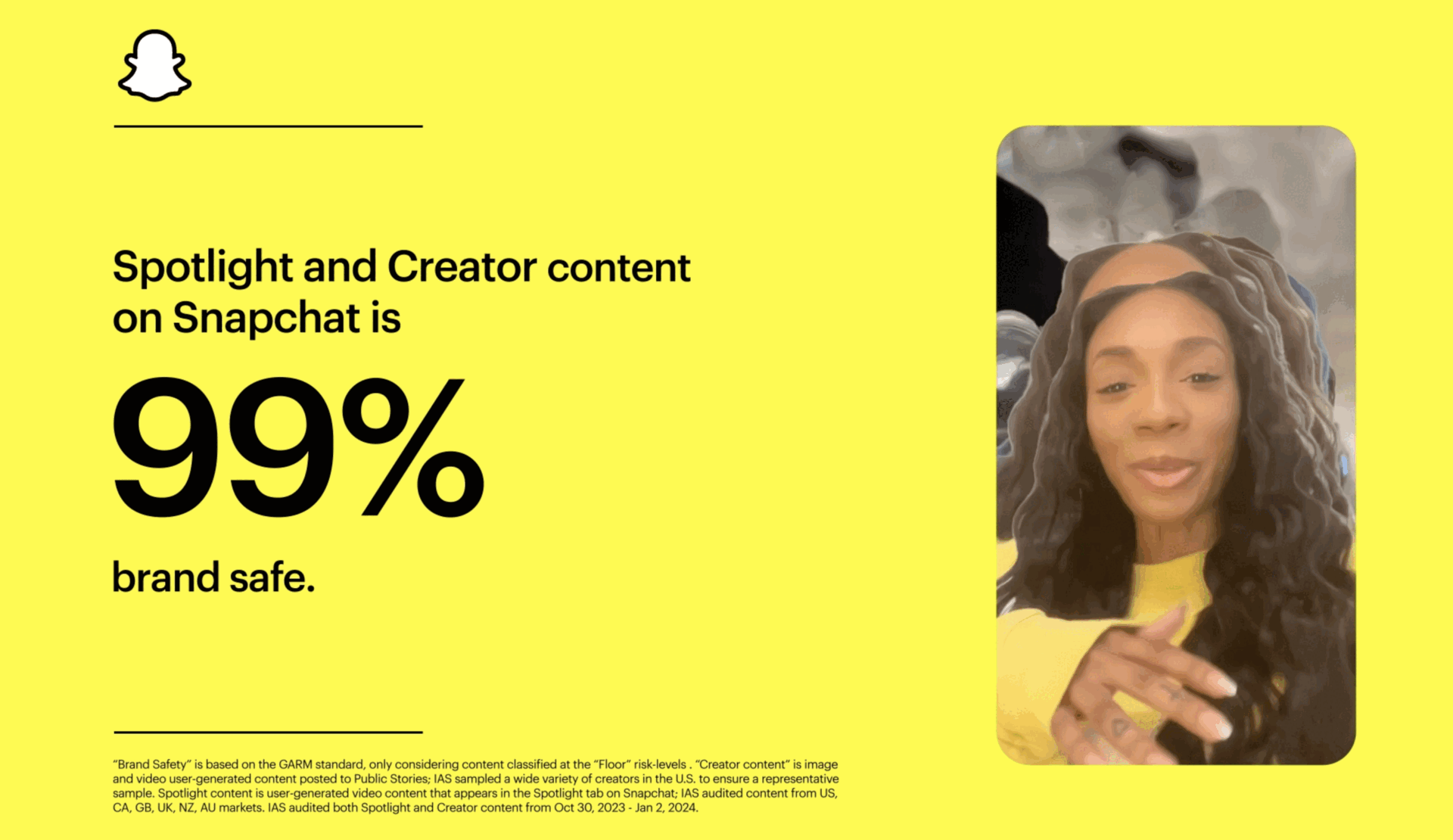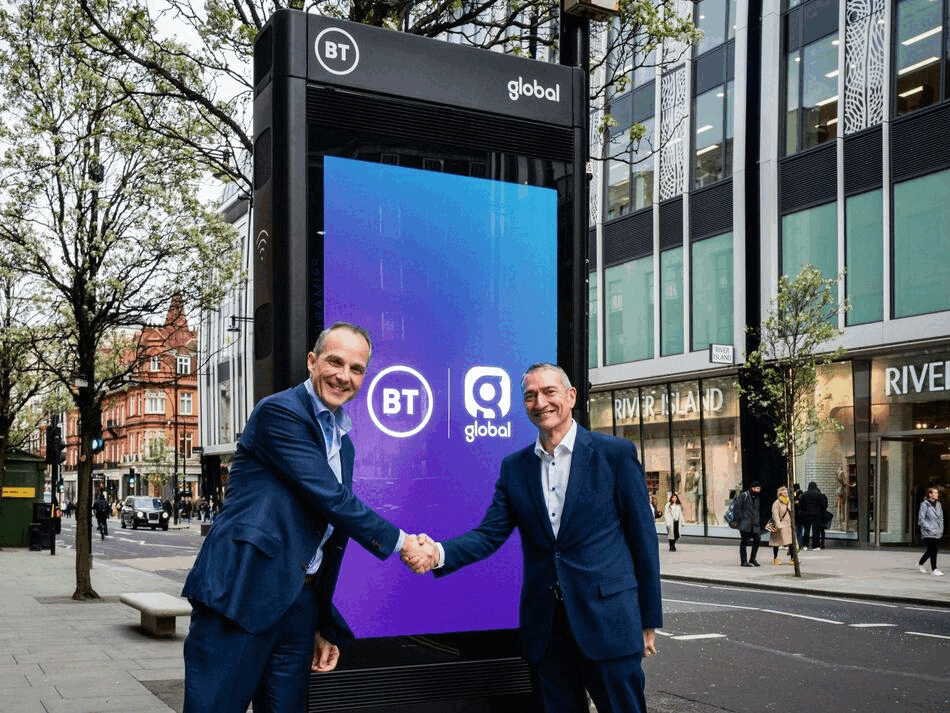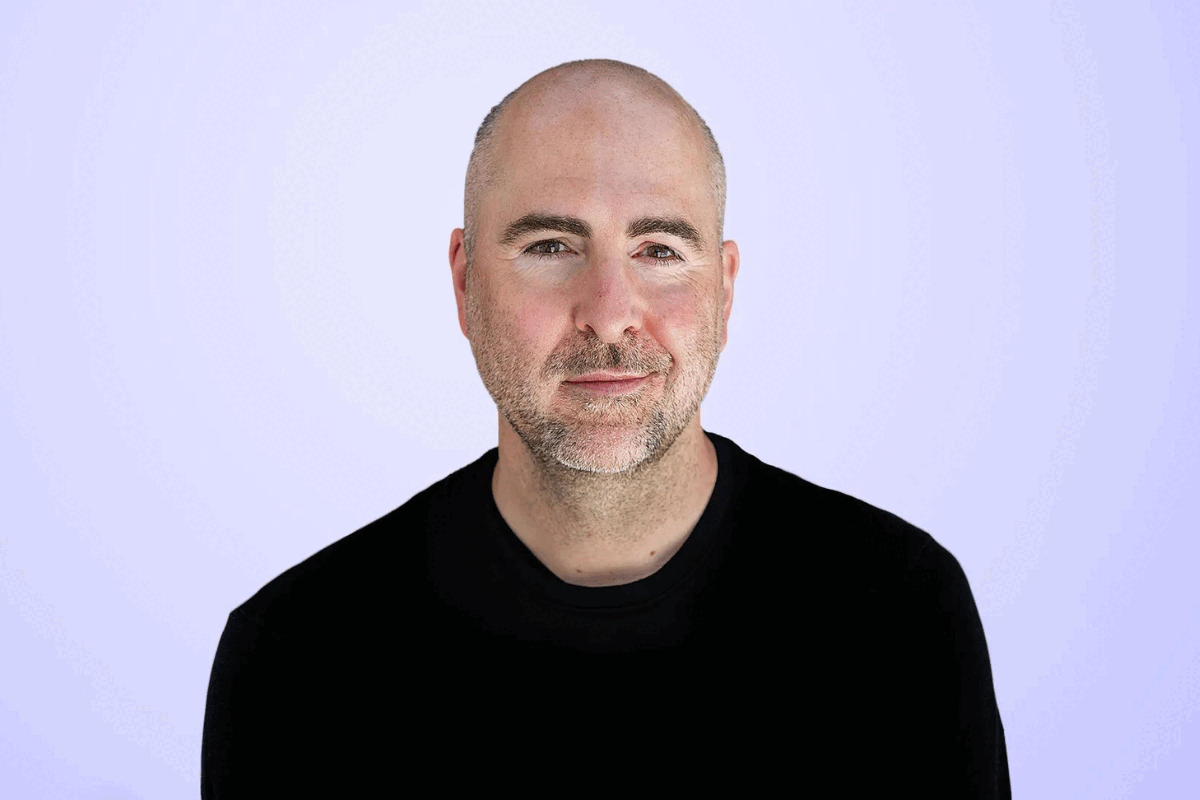TV streaming services overtake pay TV for the first time
- Wednesday, July 18th, 2018
- Share this article:
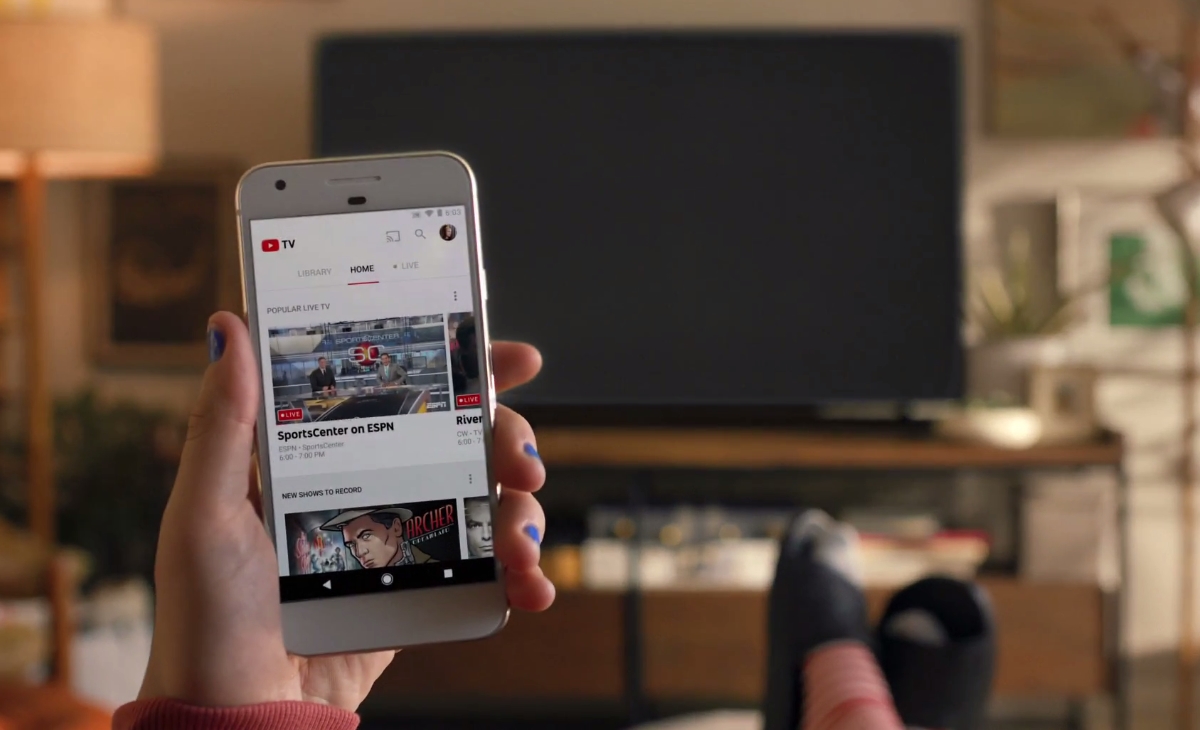 For the first time ever, there are now more UK subscriptions to TV streaming services like Netflix, Amazon Prime and Now TV than to traditional pay TV services such as Sky.
For the first time ever, there are now more UK subscriptions to TV streaming services like Netflix, Amazon Prime and Now TV than to traditional pay TV services such as Sky.
The figures, which come from a new report by Ofcom, mark the first time pay TV revenues have declined after a period of sustained growth, and also show that while broadcast TV remains popular, viewing among 16 to 34-year-olds is moving online.
Q1 2018 saw subscriptions to Netflix, Amazon Prime and Now TV, the three most popular online streaming services, hit 15.4m, overtaking pay TV subscriptions at 15.1m. This growth in subscriptions contributed to a 25 per cent increasing in online audio-visual revenues, taking them to £2.3bn in 2017, while pay TV revenues fell by 2.7 per cent to £6.4bn.
Average daily broadcast viewing on the television set fell by nine minutes in 2017 and is down 38 minutes since 2012, leading to a drop in television advertising income by seven per cent year-on-year, to £3.9bn. This also resulted in the UKs main broadcast channels (the BBC, ITV, Channel 4 and Channel 5) cutting spending on original UK-made programming, which fell to a 20-year-low of £2.5bn, a 28 per cent drop from the 2004 peak of £3.4bn. An increase in funding from third parties towards the cost of programme-making (from £147m in 2008 to £338m in 2017 across the BBC, Channel 4 and Channel 5) has partly helped to mitigate this decline.
Viewing habits continue to shift online, especially among children and younger viewers. While the average UK viewer spends three hours 22 minutes a day watching broadcast television, over-65s watch four times as much broadcast television as children in 2017.
Total daily viewing time across all devices stands at five hours and one minute, with 71 per cent spent on broadcast content. However, among 16-34-year-olds, total viewing falls to four hours 48 minutes, of which less than half is spent on broadcast content, while just under an hour a day was spent watching content on YouTube.
“Todays research finds that what we watch and how we watch it are changing rapidly, which has profound implications for UK television,” said Sharon White, chief executive of Ofcom. “We have seen a decline in revenues for pay TV, a fall in spending on new programmes by our public service broadcasters, and the growth of global video streaming giants. These challenges cannot be underestimated.
“But UK broadcasters have a history of adapting to change. By making the best British programmes and working together to reach people who are turning away from TV, our broadcasters can compete in the digital age.”
The Ofcom report also found that, for the first time, music industry revenues from online streaming subscriptions exceeded physical sales in 2017. Total retail music sales grew by six per cent in real terms between 2016 and 22017, driven by a 38 per cent increase in online streaming service subscriptions to £577m.
In contrast, overall sales of physical music formats fell to £470m, while music downloads dropped by 25 per cent as consumers shifted away from music ownership towards streaming models. Almost a quarter of all adults listen to music via streaming services each week, increasing to 51 per cent of those aged 15-24.
Radio listening also reached a significant milestone in the first quarter of 2018, as, for the first time, more than half of all listening hours were through a digital platform – online, through digital TV, or via a DAB radio. 64 per cent of adults now have a DAB set.
“Todays figures from Ofcom are a landmark on the road we have been walking down for a long time,” said Chris Anderson, head of film & TV at Muso, a global authority on digital piracy. “Technology has completely transformed the way people are able to watch TV and the days of being tied to a TV schedule are well and truly behind us, with streaming services now officially the preference for the majority of viewers.
“The word officially is key – because what these figures from Ofcom dont take into account is the many hundreds of thousands of people who are streaming TV in the UK through unlicensed services nad sites. In reality, with piracy figures considered, streaming probably overtook traditional TV long ago – but piracy audiences are overlooked by TV broadcasters, streaming services and regulators to their detriment.
“The idea that services such as Netflix and Amazon Prime have eradicated piracy is a fallacy. Our figures show that global piracy has increased year-on-year, in spite of the rise of streaming services. The UK had 4.8bn total visits to film and TV piracy sites in 2017 alone.”





